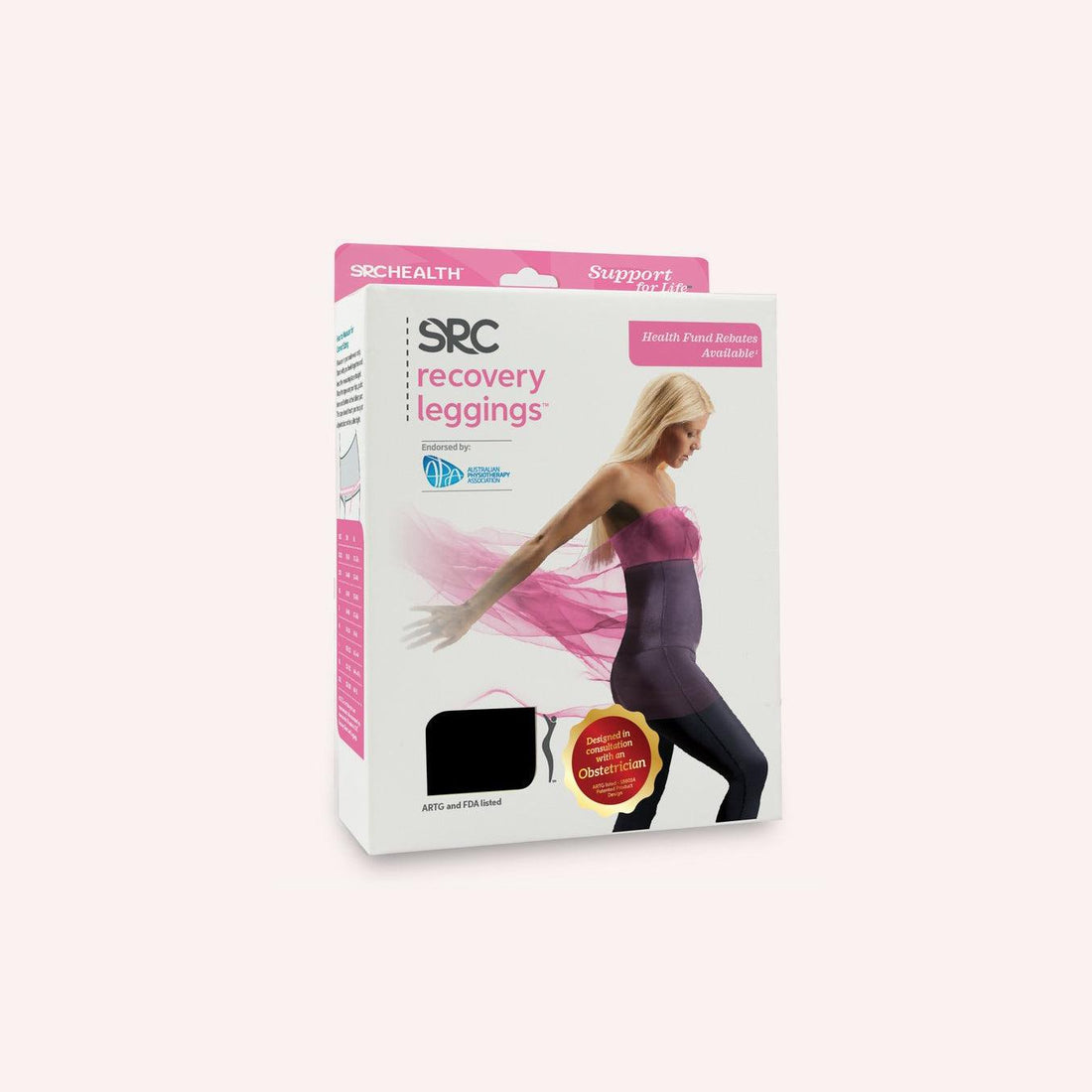While women have been birthing for countless centuries, it doesn't mean we are exempt from any post birth injury, pain or ailment. Even if you have a seamless birth experience, you still might feel a little bruised and battered post birth. Below are some common conditions some women experience:
Perineal trauma
Perineal trauma can refer to injury during birth such as a tear (to which there are 4 degrees) or an episiotomy (a controlled cut in the perineum area, allowing space for the baby as they're born). Injuries such as these have varying levels of severity and they'll almost always require stitches. In some cases, a severe tear such as a 3rd or 4th degree tear, will require surgery post birth.
The skin within this region of the female body is phenomenally forgiving, so if you do experience perineal trauma work closely with your GP or women's health physio to create an appropriate recovery plan to give your body the best shot of efficiently healing.
Pelvic floor weakness
Given the weight of the baby you carry through pregnancy (not to mention the extra fluid, additional blood, the placenta and uterine tissue), your pelvic floor will hold a significant amount of extra weight and pressure. For this reason, as well as the effects of pregnancy hormones such as Relaxin (which softens your ligaments and muscles allowing your body to stretch as the baby grows), it's not uncommon for your pelvic floor to experience fatigue and weakness during pregnancy and postpartum.
After birth, you may notice a degree of incontinence (spontaneously weeing when you laugh, sneeze or cough), trouble controlling wind or a degree of prolapse. Prolapse is the descent of any pelvic organ (bladder, uterus, rectum or bowel) into the vagina, or beyond the vagina introitus, which is the exterior side of the vaginal opening). The presence of a vaginal lump or bulge is the most specific sign correlated with a prolapse. In order to both prevent weakness and re-strengthen your pelvic floor muscles, it’s recommended you do pelvic floor exercises as advised by a women's health physio. They can provide one-on-one support and deliver instant feedback which will help to better demonstrate where you're at.
How can you tell if you’ve got an issue?
You may experience:
- Accidental loss of urine or faeces - i.e. with coughing, sneezing, laughing, exercise and/or a heightened sense of urgency.
- Vaginal heaviness or experience a dragging sensation.
- Pelvic pain such as pain during pap-smears, tampon insertion and/or penetrative intercourse.
What can happen if you carry on without addressing this issue?
If you disregard pelvic floor issues after birth, the issues could become exacerbated. While it can seem like 'just another thing' on the daily to-do list, if you engage in proper healing activities within the weeks and months following birth, the quality of your life will benefit in the long run. For some women recovery will be a set of daily exercises and a series of physio appointments. For others it may be a little more intense and involve surgery. Patience and perseverance. Your body deserves the very best.
Watch the below video, where Melissa Layton, Women’s Health Physio from Pelvic Fit Melbourne, takes you through a set of guided exercises to support your pelvic floor health.
Some products that can support your recovery:





